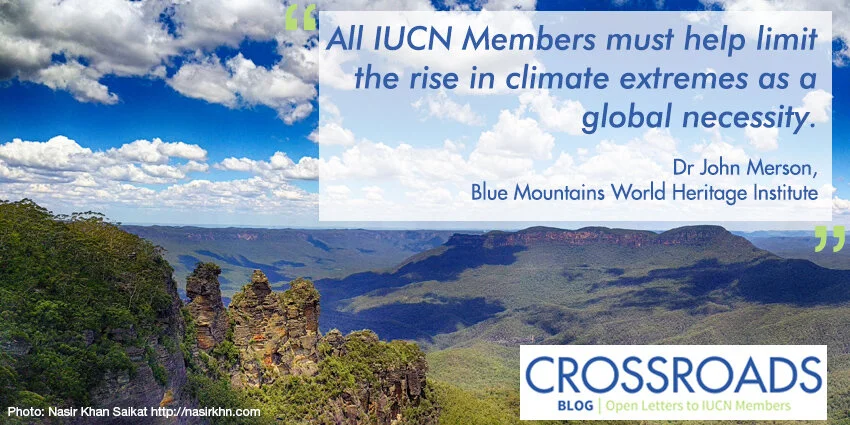We are delighted to share the news that Victoria Austin has joined the Institute as our new Ecological Programs Manager. Victoria is a Fulbright scholar and PhD candidate at the Lab of Animal Ecology at the Hawkesbury Institute for the Environment, University of Western Sydney.
Citizen Science Eco Monitoring is back on!
Cracking Film Trip into the Blue Gum Forest
Halloween Swampfest for our field researchers
On Sunday 31st October, Dr Ian Wright and project intern Holly Nettle ventured out into the field to collect new sets of data from the swamps we are monitoring at Lawson, Bullaburra and Medlow Bath, as part of our Upland Swamps project. Dr Wright shared posts about the expedition on Twitter.
Meet our Citizen Scientists: Emma Koch
Blue Gum Forest Expedition
Meet our Interns: Holly Nettle
Holly Nettle is currently an Environmental Science cadet with the Blue Mountains City Council and a research intern with the Blue Mountains World Heritage Institute, helping us out with coordination and data collection relating to our Upland Swamps monitoring and decision support project.
Video: Why Swamps Matter
Video: Eco Monitoring Citizen Science Program
Video: Youth Citizen Science Program
Wetlands should not burn - Nature NSW
Climate change and fire: lessons from the Blue Mountains
Name game to bring NSW’s threatened plants into the spotlight
Native Fauna of the GBMWHA
FNPW supporting World Heritage sites
Entire hillsides of trees turned brown this summer
Is it the start of ecosystem collapse? The drought in Australia was a significant driver of the summer bushfires. But it also caused another, less well known environmental calamity: entire hillsides of trees turned from green to brown.
























